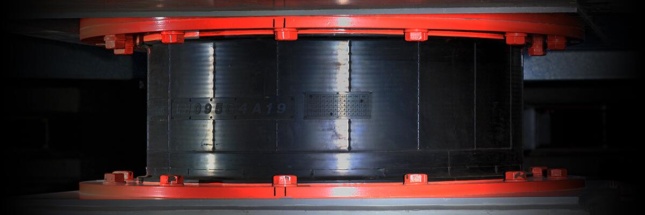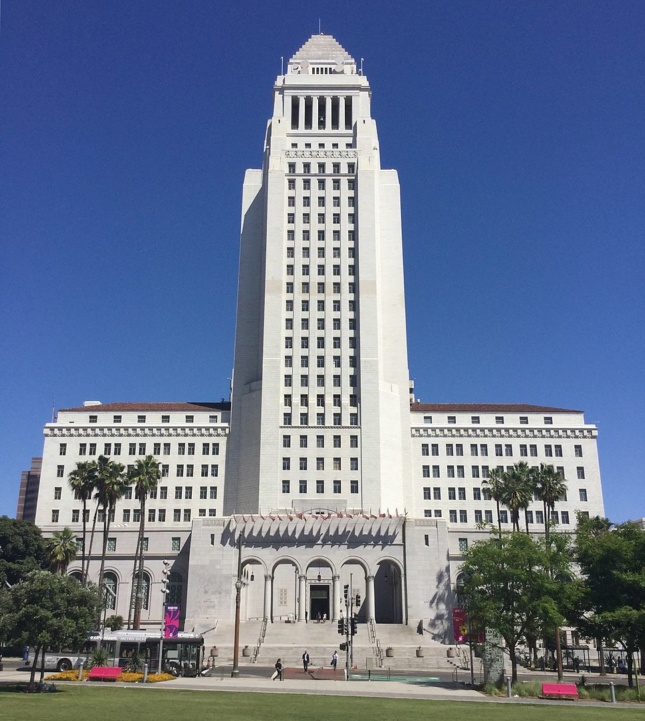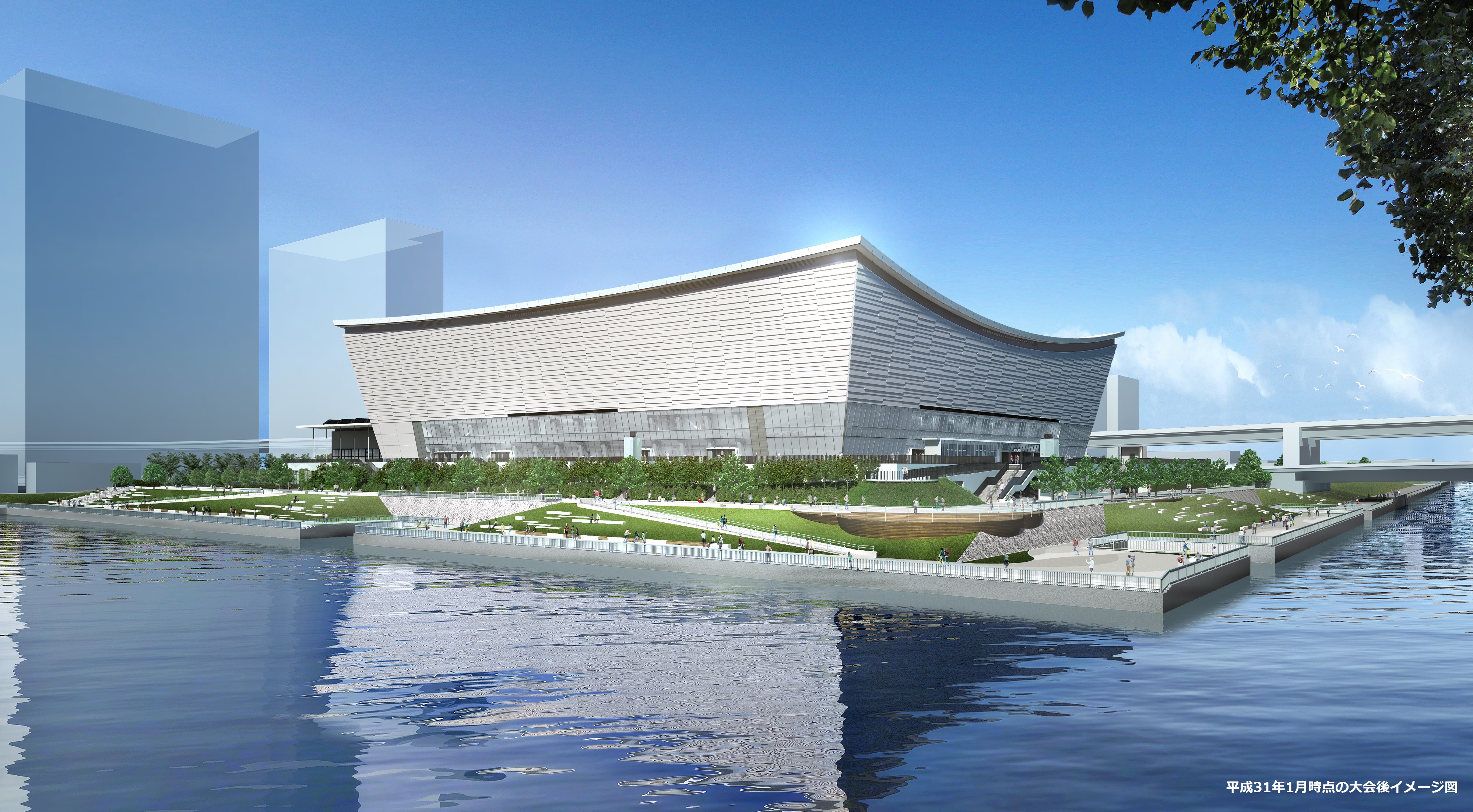Earthquakes have been in the news lately with increasing regularity: Southern California recently experienced a July 4th quake registering 6.4 on the Richter scale followed by one just a day later at 7.1. It’s predicted that within the week there’s an 11 percent chance that a major quake could follow, and, of course, there’s the looming specter of the so-called Big One. But despite the relative frequency of seismic activity on the West coast and in other parts of the United States, in general, the U.S. lags behind other earthquake-prone countries, especially Japan, in terms of earthquake readiness.
A recent New York Times investigation asked why, when buildings can be designed to stand up to earthquakes, the United States has so few of them. Though there are notable exceptions—like older retrofits such as Los Angeles’s city hall, and luxurious new construction like Apple’s Foster + Partners-designed headquarters, a ring that floats on base isolators rather than being fixed to a traditional foundation—most buildings in the States feature concrete cores, relatively un-rigid construction, and no seismic shock absorbers or isolation systems. Even those that do, the Times reports, are of varying quality of construction, with many failing basic preparedness tests. Simply put, while Japanese buildings are, in general, designed to sway in an earthquake and minimize damage (and use a steel grid to make up their core), American buildings are designed primarily to fail and collapse in a way that will hopefully minimize loss of life.

This can mostly be chalked up to not only weak regulations, but to economics. It’s more costly to build an earthquake-ready building, though obviously only in the short run. A federal study demonstrated that rebuilding after a quake in urban centers will cost billions of dollars, and is four times as expensive as simply building a structure that can stand up to an earthquake in the first place. However, with lax laws and a real estate and development market that prioritizes short term ownership and thinking, building owners and developers remain wary of spending the extra cash up front; estimated to only add approximately 13–15 percent in cost in a seven-story building, according to the Japanese construction company Nice Corporation. Though, per the Times, engineer Ian Aiken says that some systems “can cost as little as 5% more.”
Tokyo, which experiences more than 1,000 seismic events each year, is also anticipating its own big quake in the next 30 years, a follow up to the devastating 1923 earthquake. while predictions of the potential damage remain calamitous, there is perhaps no city more ready to take the hit. Not only are high rises, skyscrapers, and smaller buildings all designed to withstand significant seismic activity, but, as The Guardian reports, “parks feature hidden emergency toilets and benches that turn into cooking stoves, and the city has the world’s largest fire brigade, specifically trained to prevent the kind of flash blazes that spread after earthquakes.”
The city is not only a world population and business center, but also a major tourist destination, something that’s likely to become only more true with events like the upcoming 2020 Summer Olympics and Paralympics. But even new construction for the Olympics is getting the high tech treatment.

Seismic isolation bearings are being placed inside the new Tokyo Aquatics Center and the Ariake Arena, which will be home to Olympic volleyball and wheelchair basketball games. The aquatics center and arena are using Bridgestone Seismic Isolation Systems, an update to older methods that relied on increasing the rigidity of buildings or adding additional framing. Instead of adding greater rigidity, base isolation systems use rubber bearings ranging in size between approximately 23 inches and 70 inches to allow structures to sway slowly and cause only minor disturbances, if any at all, on the floors above, instead of allowing the whole structure to shake violently. Similar such bearings can be found in buildings like Tokyo Station and Los Angeles’s City Hall. While the isolators are often placed in the foundations of buildings, for the new arenas, they’ve been located in the roofs, a common approach for buildings with large open spaces that helps decrease the stress on the roof’s support elements.
Still, all the technology in the world only goes so far if the community isn’t prepared. As Tokyo-based disaster preparedness specialist Ronin Takashi Lewis told The Guardian, even all this tech, “If you look around the Tokyo skyscrapers it’s incredible how advanced a lot of technology here is, especially seismic resistance – but my concern is preparedness at the community and individual level.” As per usual, technology alone won’t save us. Still, hopefully the United States can learn from Tokyo and invest in resilient buildings for safer cities and communities.
